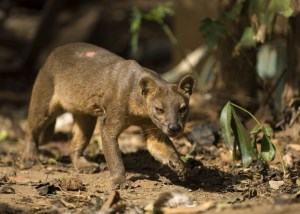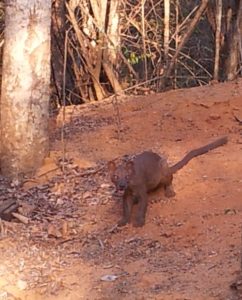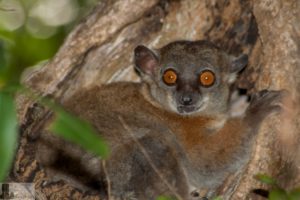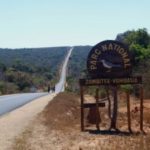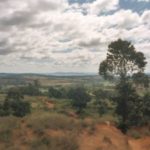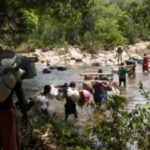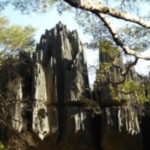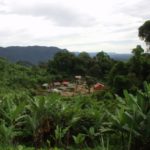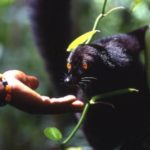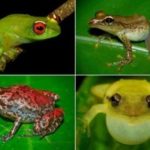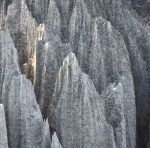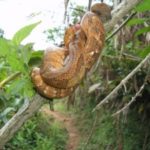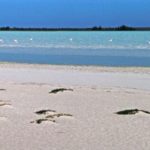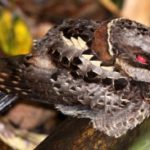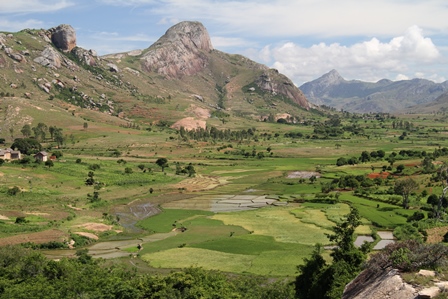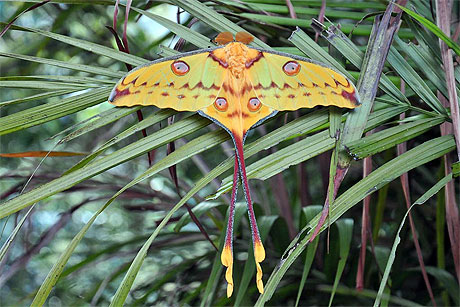Madagascar's Kirindy:
Timber industry and nature conservation
The Kirindy Private Reserve is located 50 km northeast of the city of Morondava, close to Madagascar's west coast. This private forest is managed and operated by a Swiss company, the Centre de Formation Professionelle Forestière. selective and above all sustainable logging. The area is one of the last dry deciduous trees on the island and almost preserved in its original extent. The forest includes well 100km² and impresses above all by its majestic, pot-bellied Baobabs, which here reach a particularly impressive size. Below the leaf canopy of 14m height lives among other things the giant spring ratwhich rather resembles a mixture of hamster and kangaroo. The area is also inhabited by the Sakavala people, who boast above all of their successful breeding of zebu cattle, which is of great importance to the population in Madagascar. The baobabs, on the other hand, are shunned by the Sakalava. They are covered with a fady, a taboo.
Unique sanctuary for unique animals
Among other things, Kirindy is home to numerous Fossa's, a feline predator native only to Madagascar. Especially during the mating season between October and December, fossas can be observed with ease. Also in total 7 species of lemurs live in Kirindy. The most common here are the brown lemurs and the sifakas. Sifakas have a white coloring with dark spots. Because of their strong hind legs they usually stand upright and move forward by powerful jumps. Their method of locomotion is therefore also called the dance of the sifakas. Most animals native to Kirindy, however, are nocturnal. Several bats, tenreks, mongooses and rodents are part of the mammal population as well as 40 species of birds, 50 species of reptiles and 15 species of amphibians are also found in this magnificent forest. The flora is also quite unusual and contains several locally endemic plant species.
Arrival and stay at Kirindy Private Park
Inside the park, a well-branched network of trails makes the visit a real pleasure. The staff is very helpful and extremely well trained, as the popular night hikes prove time and again. Not only do the guides expertly lead visitors through the forest, but they also point out when nocturnal lemurs, fossas, the giant spring rat, reptiles, frogs and rare insects show themselves. Since the reserve can be reached from Morondova in only 2 hours, most visitors come only for a day trip. Unfortunately, this means they miss out on the extremely rewarding and informative night hike. Therefore, in order to allow as many travelers as possible to participate in the night hike, the park service is making great efforts to improve visitor facilities. At the entrance to the reserve there is not only a small office, but also a Restaurant with local cuisine. There are also several Bungalows with mosquito nets, with private bathroom or shared bathroom, shower and limited electricity available. The price for accommodation in one of the bungalows ranges from 40,000 to 52,000 Ariary per night.
The best time to visit Kirindy
In this part of the island two seasons determine the climate. During the Rainy season from December to March it is very hot. Temperatures then often rise up to 40°C and heavy rains make large parts of the park inaccessible. At the beginning of the rainy season, the weather conditions are far better. The forest is green, the animals are particularly active and most of the paths are passable. The park can also be visited in the dry season between April and November. The temperatures are then very mild and range between 25° and 15°C. However, the forest is then leafless and many of the reptiles and small mammals are inactive and hibernate.

